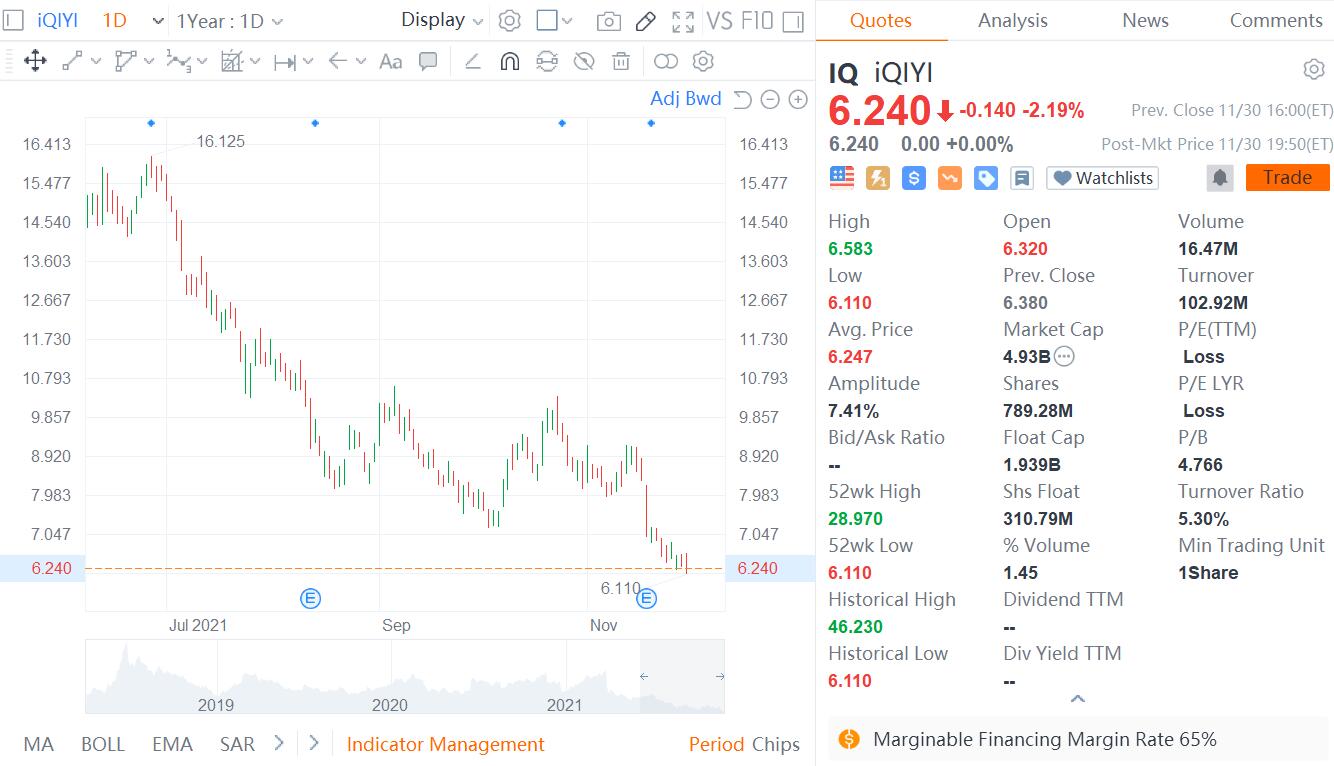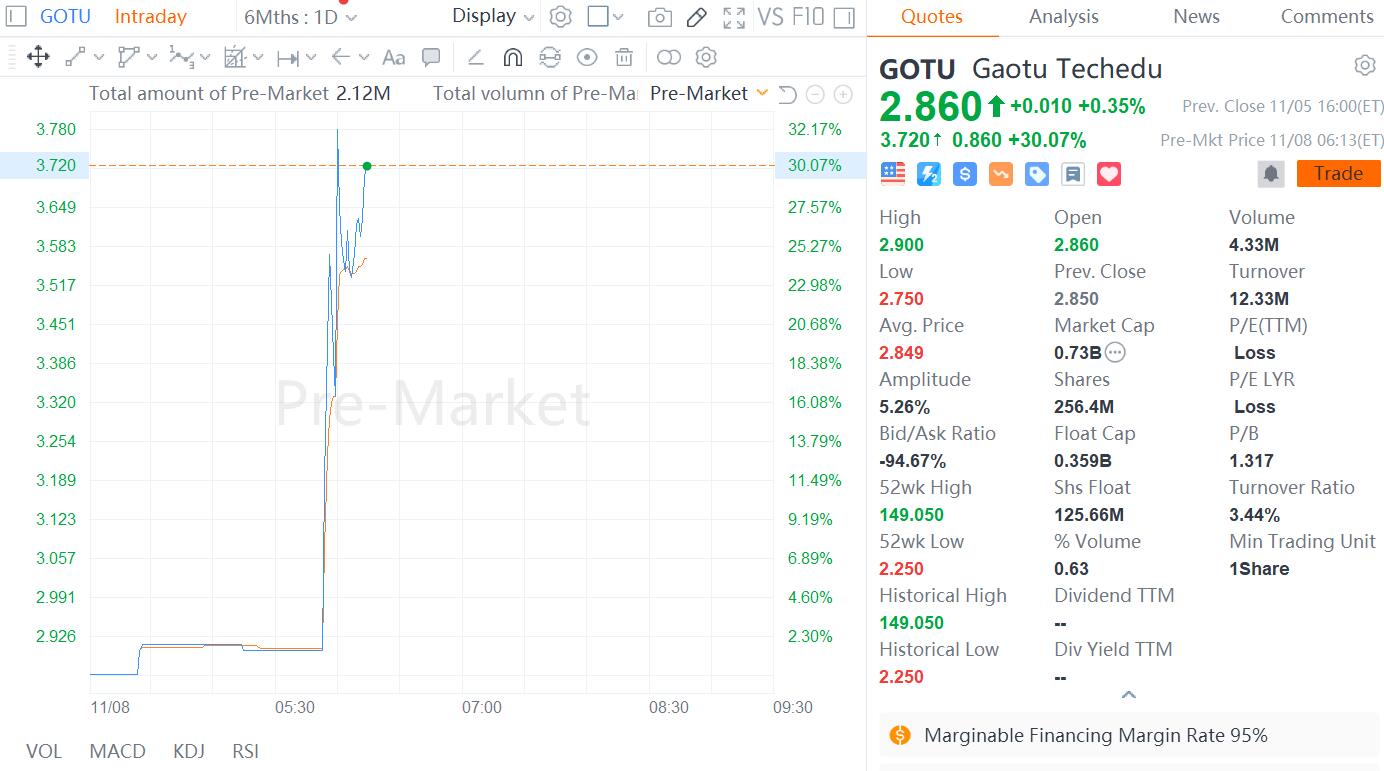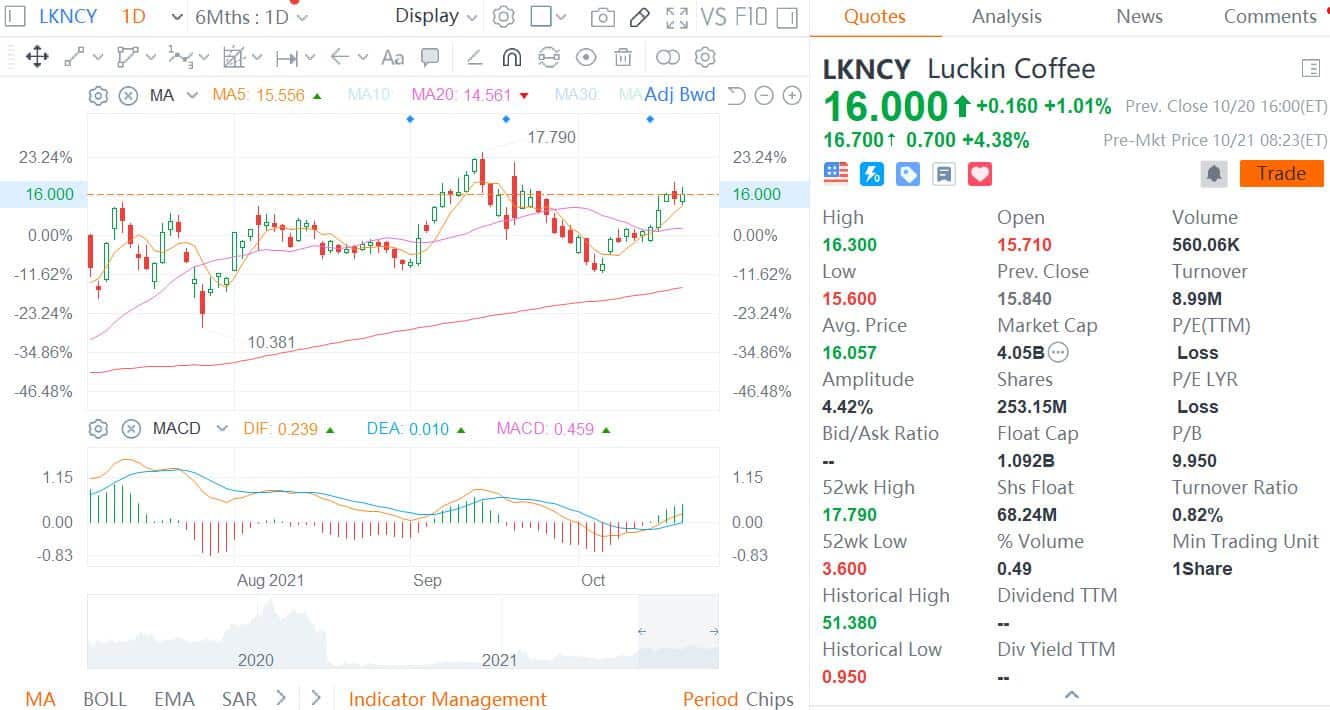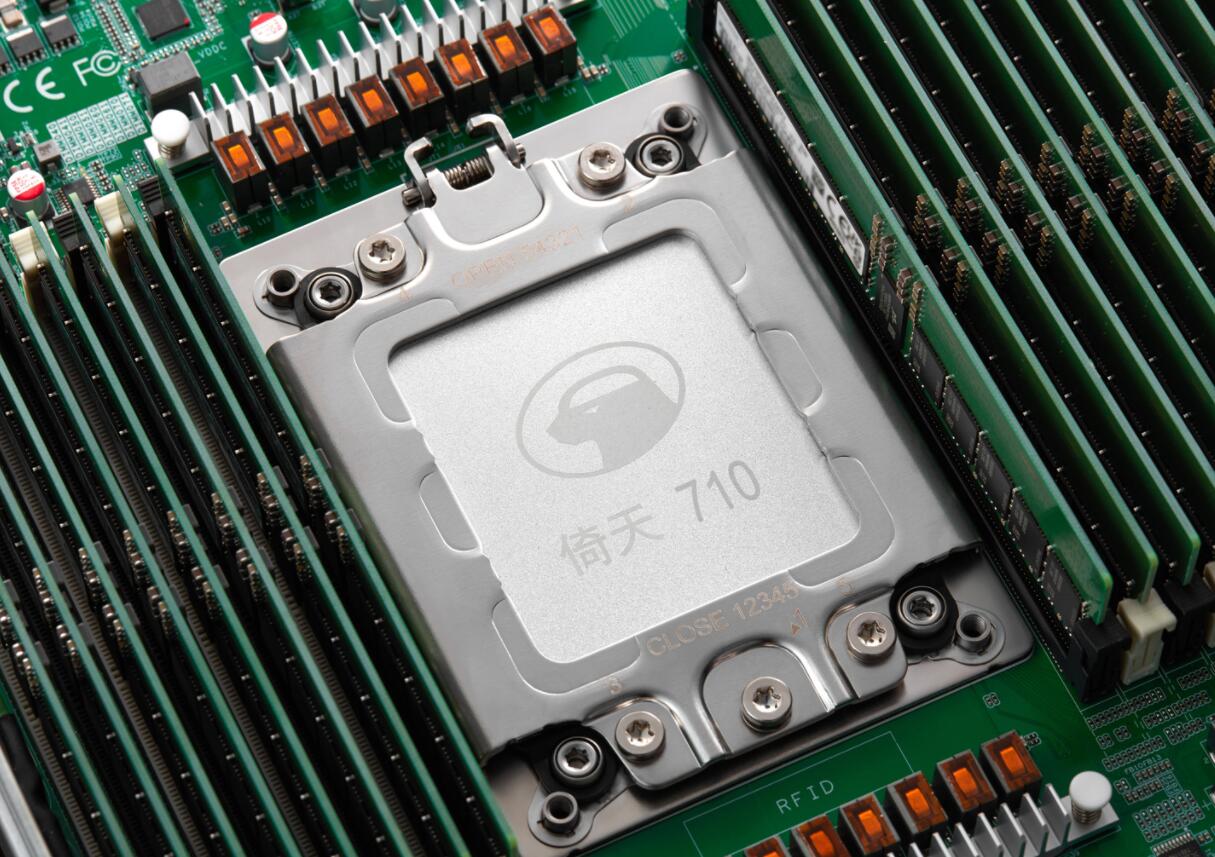SK Hynix announced that they plan to provide DDR5 memory with a frequency of 8400MHz, a single maximum density of 64Gb, and will have on-chip ECC function, and the operating voltage is only 1.1V.
DDR5 is the standard for a new generation of memory. Now all DRAM manufacturers are fully developing. SK HYNIX once exhibited 64GB of DDR5-4800 at CES 2020 this year. The bandwidth and capacity are much higher than the current DDR4.
SK HYNIX's recently published data on DDR5 memory shows that the operating frequency of DDR5 memory ranges from 3200MHz to 8400MHz.
In contrast, the main frequency of DDR4 memory is now 1600MHz to 3200MHz, some manufacturers have introduced overclocked memory to 5000MHz, but DDR4 with a frequency of more than 4000MHz is quite at least.
At present, the maximum DDR4 single chip is 16Gb, while DDR5 has five different densities of 8Gb, 16Gb, 24Gb, 32Gb, 64Gb.
Due to the existence of 24Gb particles, a single 24GB or 48GB memory can also be made. When using 64Gb particles, 8 on one side can form a capacity of 64GB, and 16 on both sides can form a single 128GB DDR5 memory.

The current DDR4 memory requires an additional chip to implement ECC error correction, but DDR5 does not need it. The ECC error correction function has been integrated into each DRAM.
This is not done in every previous generation of DDR memory, which is expected to reduce the overall cost of memory.
In addition, the DFE feedback equalization circuit is also integrated into the DRAM, which can eliminate the noise during high-frequency memory operation, which will greatly increase the speed of each pin.
DDR5 memory has 32 storage areas, divided into 8 storage area groups, while DDR4 memory has 16 storage areas and 4 storage area groups, which doubles the bandwidth and access performance of DDR5 memory. More bandwidth.
The VDD and VPP voltages of DDR5 have been reduced from 1.2V/2.5V in the DDR4 era to 1.1V/1.8V, which reduces the overall power consumption by 20%. Coupled with the noise reduction of the feedback equalization circuit, it can further reduce the high frequency.
SK HYNIX said that DDR5 memory will be mass-produced within this year. At the beginning, 10nm-class 16Gb will be the main product, with a single root capacity of up to 32GB.
Now the development of DDR5 memory has been basically completed, and DDR6 memory has been pre-researched.
Of course, the standard of DDR6 memory has not yet come out, and it is not disappointing that there is news that SK HYNIX believes that the frequency of DDR6 will further double, and it is expected to reach 12Gbps.










